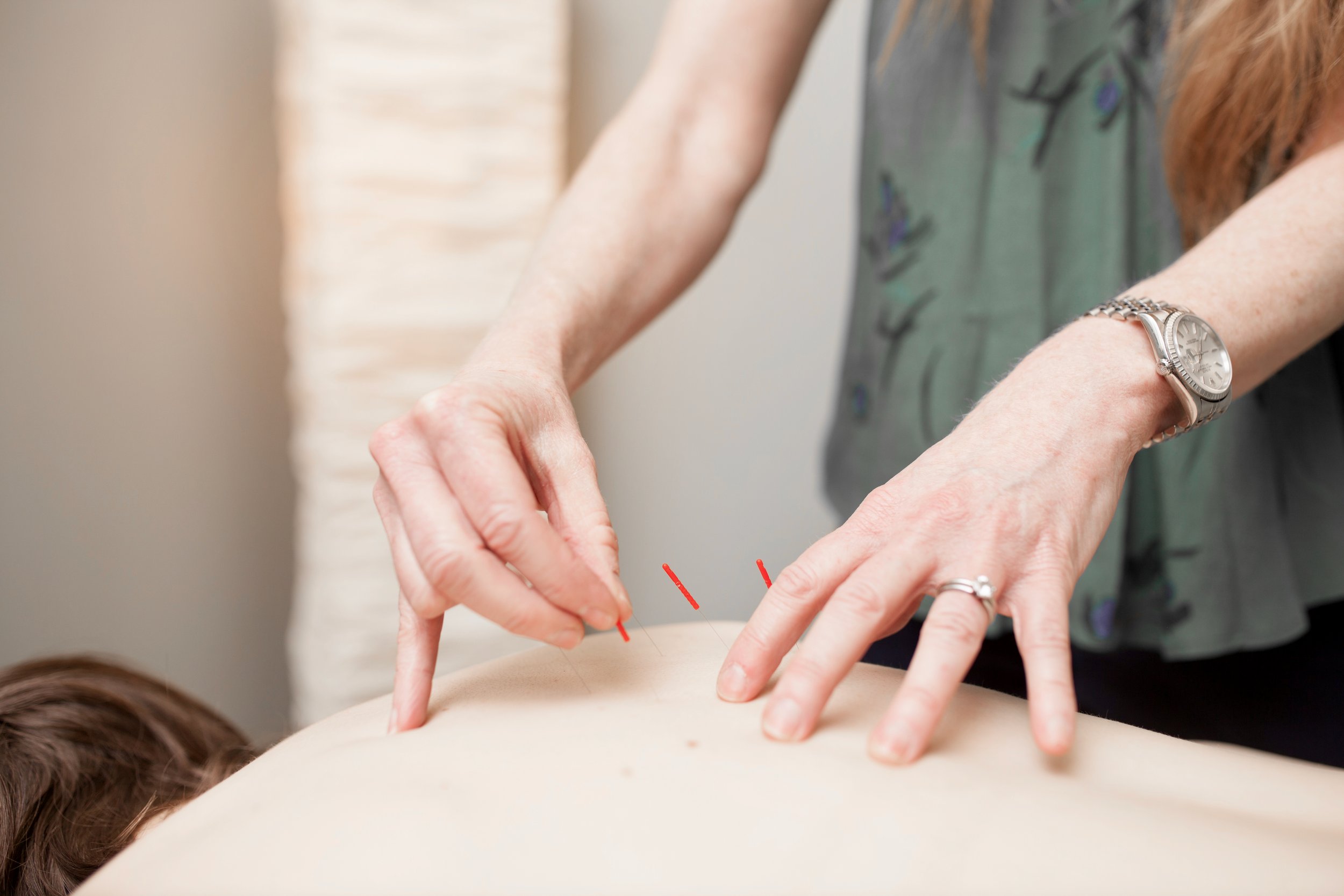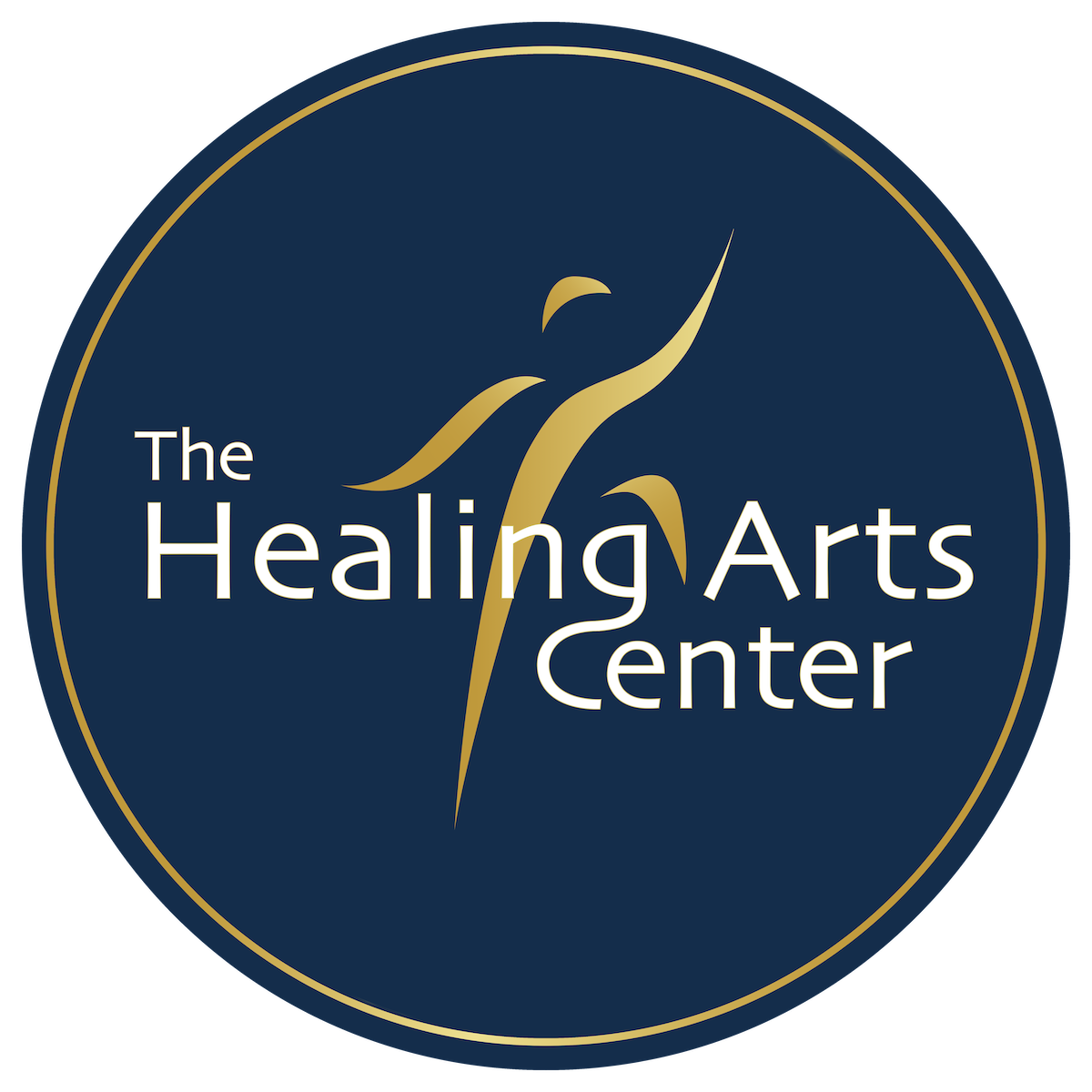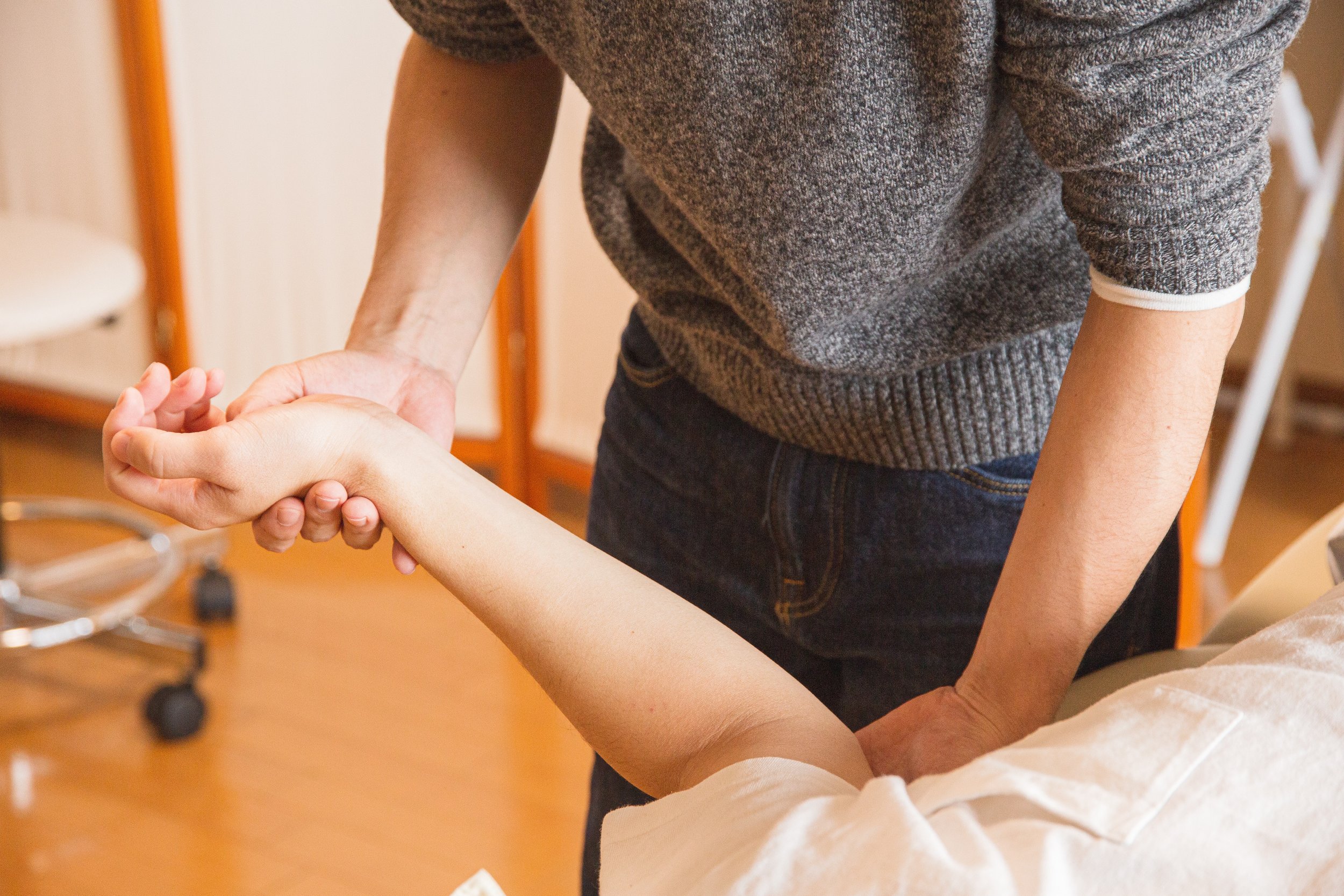
Acupuncture
Acupuncture is a medical system that has been used to diagnose, treat and prevent illness for over 2000 years. At HAC we combine this ancient tradition with current day research and scientific understanding of how Acupuncture affects the body. Modern Acupuncture is performed by inserting fine needles into specific points that have been shown to modulate brain activity and hormone production, locally relieve pain and muscle tension, move fascia and globally effect how the brain both functions and interprets bodily signals.
We incorporate many styles and traditions from East Asia to Europe as well as our own. This can include regular acupoint needling, electrical stimulation, trigger point and dry needling, moxibustion, cupping and gua sha. As a treatment, it is an effective modality proven to remedy acute or chronic ailments, relieve pain, enhance recuperative powers, strengthen the immune system, soothe the mind and balance the body’s hormones and chemicals.
What Can I Expect During Acupuncture Treatment?
During your initial consultation the acupuncture practitioner will take a comprehensive history of health and illness. This provides a diagram of the overall state of the body, not just a particular symptom. Our goal, as mush as possible, is to get to the root of the problem. The initial visit may last up to 90 minutes, including your first Acupuncture treatment. Subsequent visits usually last about 45 minutes and are done on a weekly basis depending on the patient’s needs. The course of treatments can vary widely. Chronic problems may take more treatments to resolve than ones that are acute. Your treatment course will be determined after the initial consultation and re-assessed after each visit.
Additional Treatments
-

Electro Acupuncture (E-Stim)
E-stim adds a small electrical pulse or current to acupuncture needles to mimic constant manipulation we normally do by hand. It has been shown to increase blood flow, invigorate nerve conductance, release scar tissue and overall may enhance an acupuncture treatment.
-

Trigger Point & Dry Needling
Traditionally known in China as Ashi needling, this modern approach focuses on motor & trigger points to induce fasciculation or contraction. The goal is to decrease muscle tension and increase functionality to improve range of motion & decrease pain.
-

Cupping
Cupping is an old technique from Eurasia that uses suction to relieve muscle tension and pain. Traditionally it was also used on the upper back to relieve acute illnesses such as colds and fevers, as well as on the abdomen for constipation and nausea.
-

Moxibustion
Moxibustion refers to the burning of an herb, moxa (Artemisia Vulgaris), to enhance an acupuncture treatment. It has been used by traditional Chinese medicine practitioners to invigorate blood flow, ease arthritis or turn breech presentation pregnancies.
-

Gua Sha
Gua stands for rubbing or friction. Sha stands for congested or stagnant blood at the surface of the body. When friction is applied in repeated, even strokes, the sha surfaces as small red petechiae or dots. Similar in effect to cupping, it’s great for sore or tense muscles, especially in the neck.
Our Specialities
FAQs
DOES ACUPUNCTURE HURT?
Many people are uncomfortable with Acupuncture because of a fear of needles. However, Acupuncture needles bear little resemblance to the needles used by medical doctors. Acupuncture needles are about as thick as a hair and are flexible enough you can tie a knot with them. Since our needles are so thin, the experience of being needled is totally unique and rarely painful. So to answer: sometimes you'll feel a small pinch, but mostly you won't feel anything at all.
HOW MANY NEEDLES DO YOU USE?
The major points we use are on the periphery of the body in the arms and legs. In a usual treatment we use between 10-15 needles. Sometimes this is near where the problem area is, and sometimes it's in a totally different place.
WHAT ABOUT QI & MERIDIANS?
That’s where we were, but not where we’re going. Acupuncture is rooted in ancient taoist traditions that tried to explain the whole human physiology in a beautiful metaphor. They got many things right, especially for a malnourished population lacking in proper shelter; but our society has changed and the medicine has too. Studies have shown even sham acupuncture (put in non-traditional locations) can have an effect. That tells us the treatment is right but the theory needs to be updated. At HAC, the effects and benefits are way more important than the theory. We want to get you healthier, full stop.
HOW OFTEN DO I HAVE TO COME?
That depends on what's wrong and how long you've had it. The general treatment schedule is weekly, unless the issue is pain related then sometimes it is twice weekly. Acupuncture can start to work right away, but sometimes it can take 3-4 visits before the fullest effects are felt.
DO YOU ACCEPT INSURANCE?
Yes! We’re in network with Independence Blue Cross, Blue Cross Blue Shield, Federal Employee Plans, Aetna, and select United plans. Please be advised that some plans are limited to treating only certain issues (e.g., back pain, headaches, osteo-arthritis of the knee, etc.) Contact us with your insurance information and we can find out for you or check with your benefits coordinator to see if you qualify. If your benefits are currently being paid by Workman’s Compensation or from an Auto Accident Insurance acupuncture is fully covered.
DOES IT WORK?
Yes. There have been so many studies on Acupuncture that have shown ample positive results from pain relief, stress relief to infertility that we'd need to devote a whole website to it. To give an example, most recently a large systematic review found that patients with pain got relief from Acupuncture more than 50% of the time, compared to 40% for sham Acupuncture (sticking needles in randomly) and 30% for a placebo.
HOW DOES IT WORK?
We know so much, and yet so little. The real answer is we don't know yet. We know that there is definitely endorphin release that can relieve pain, relaxing of the Peripheral Nervous System which can improve so many bodily functions, and blood flow changes. We know the stress hormone cortisol can be modulated to be more stable and thus lead to fewer stress reactions in the body. We know more things but none really give us the whole answer. We're working on it.













